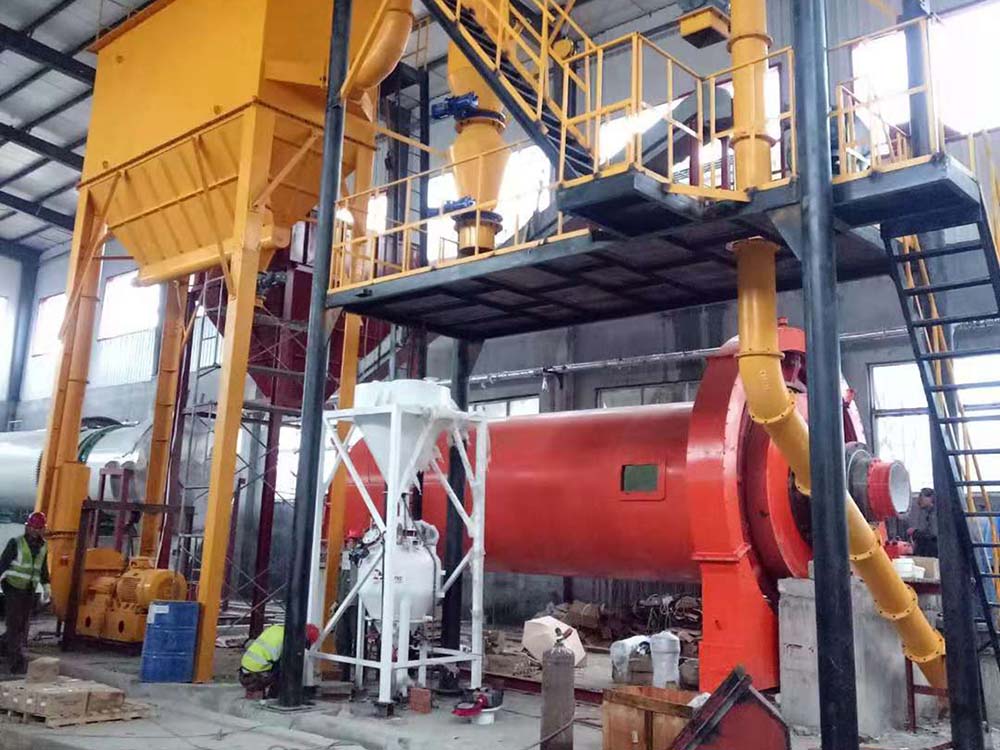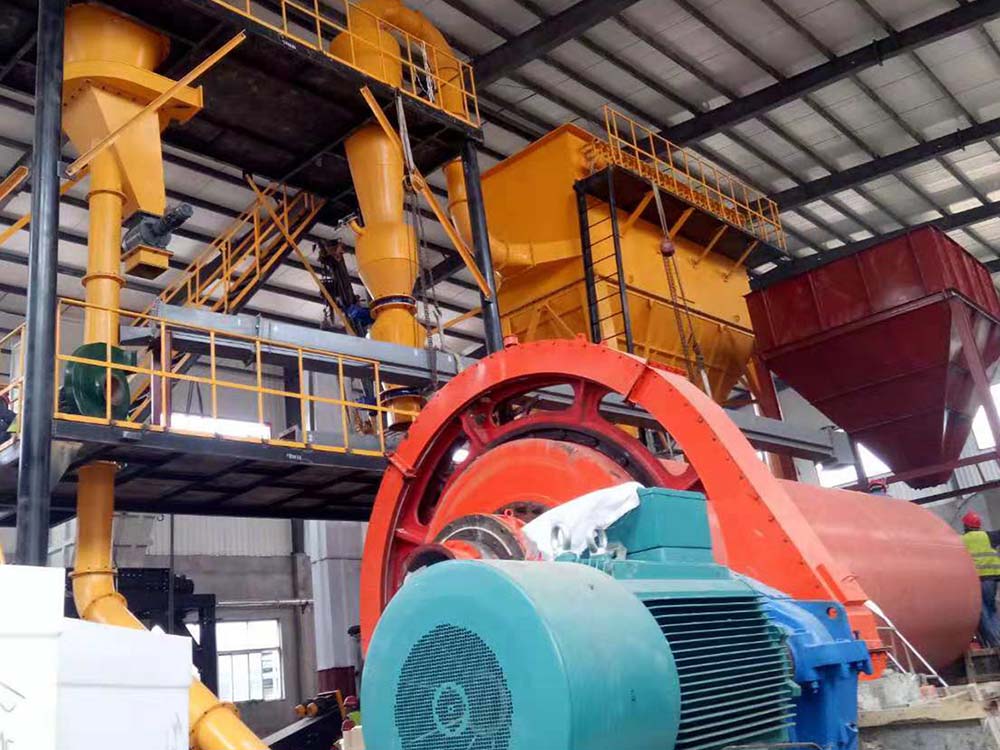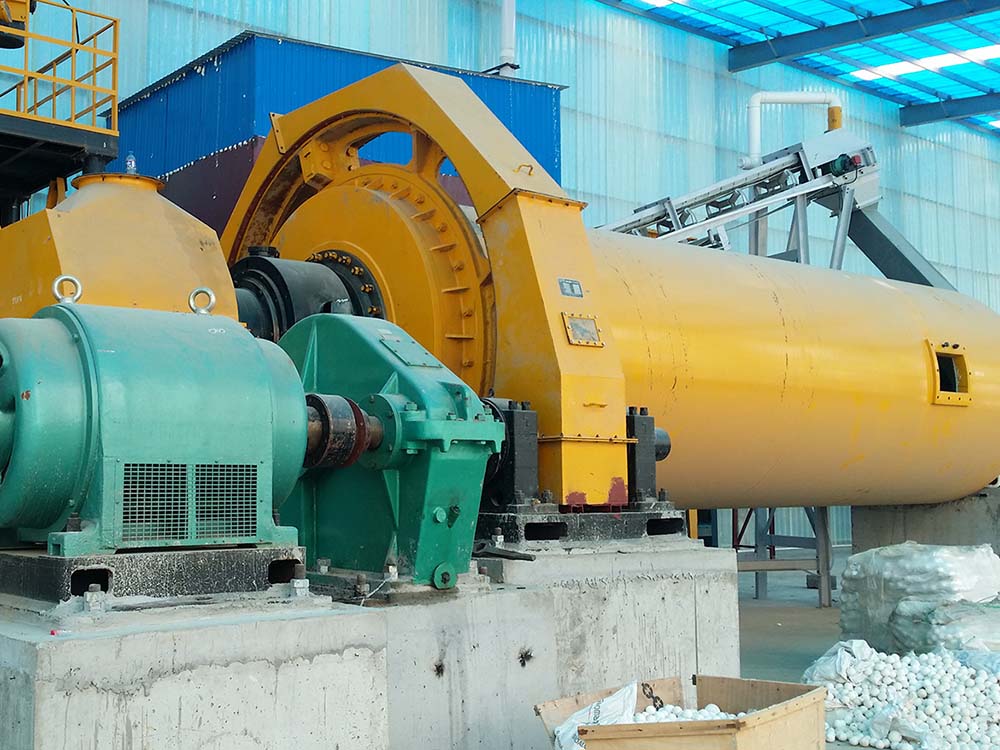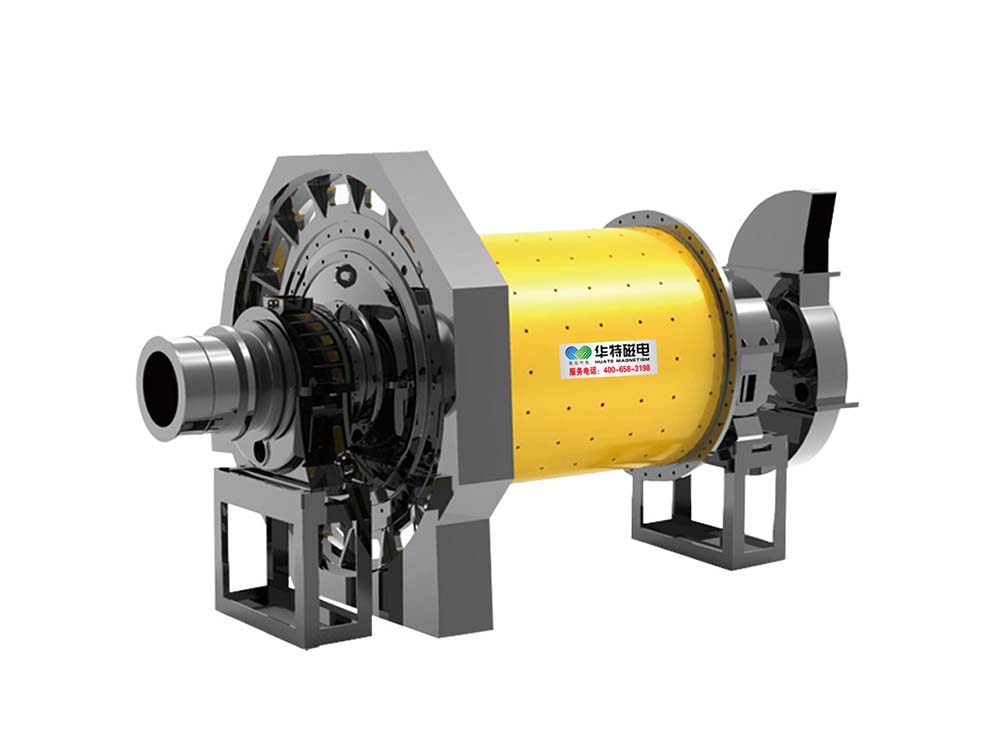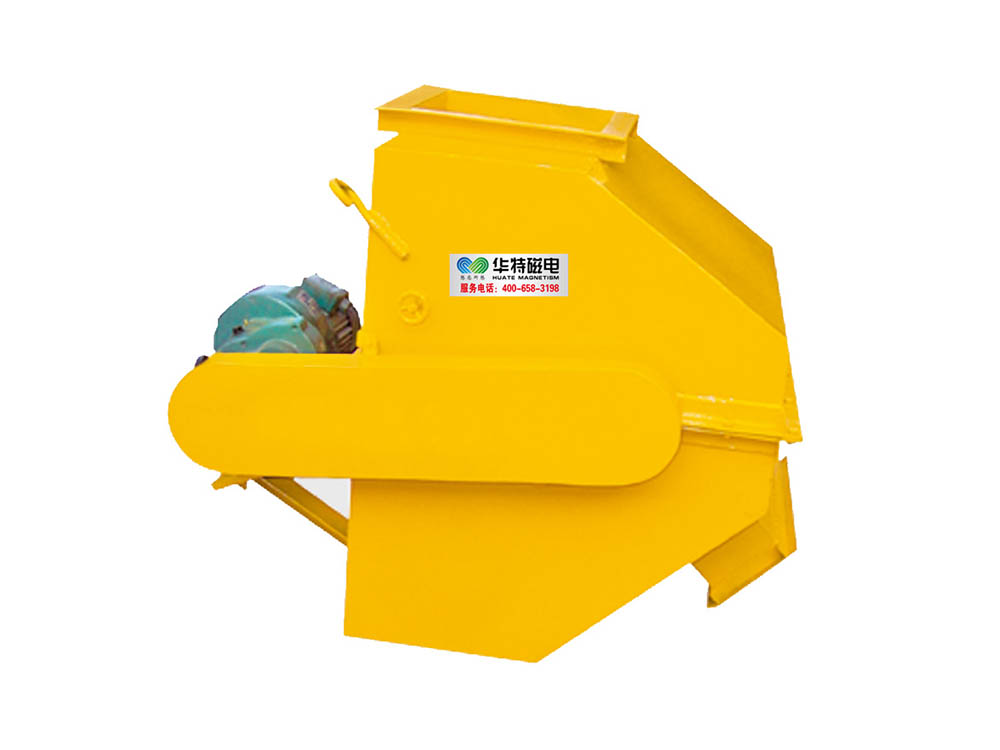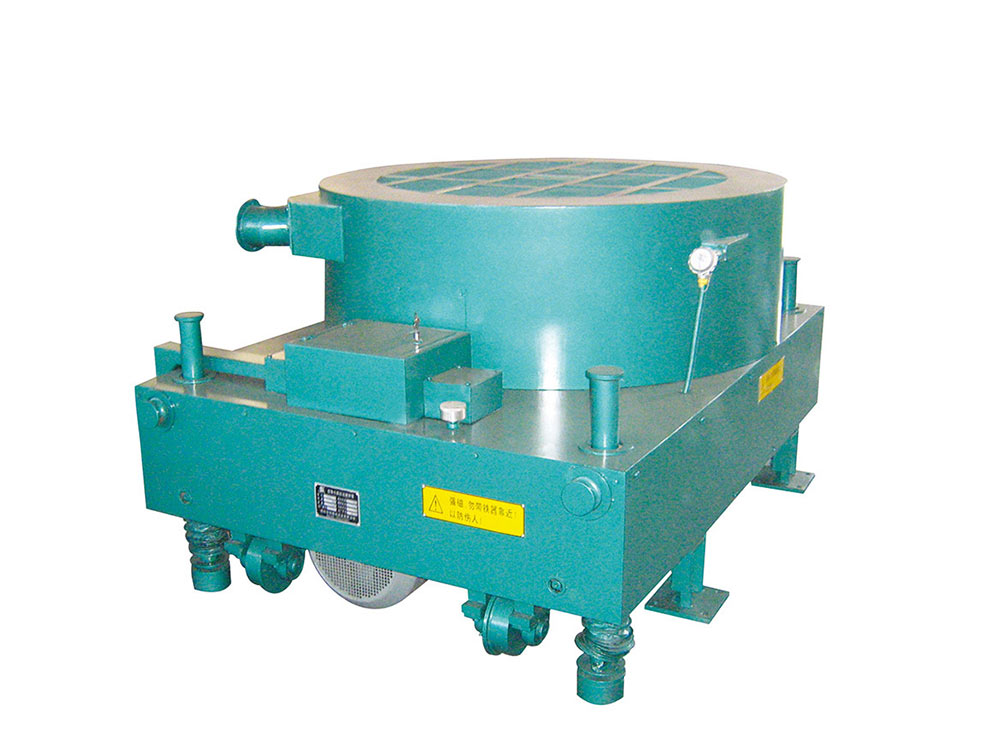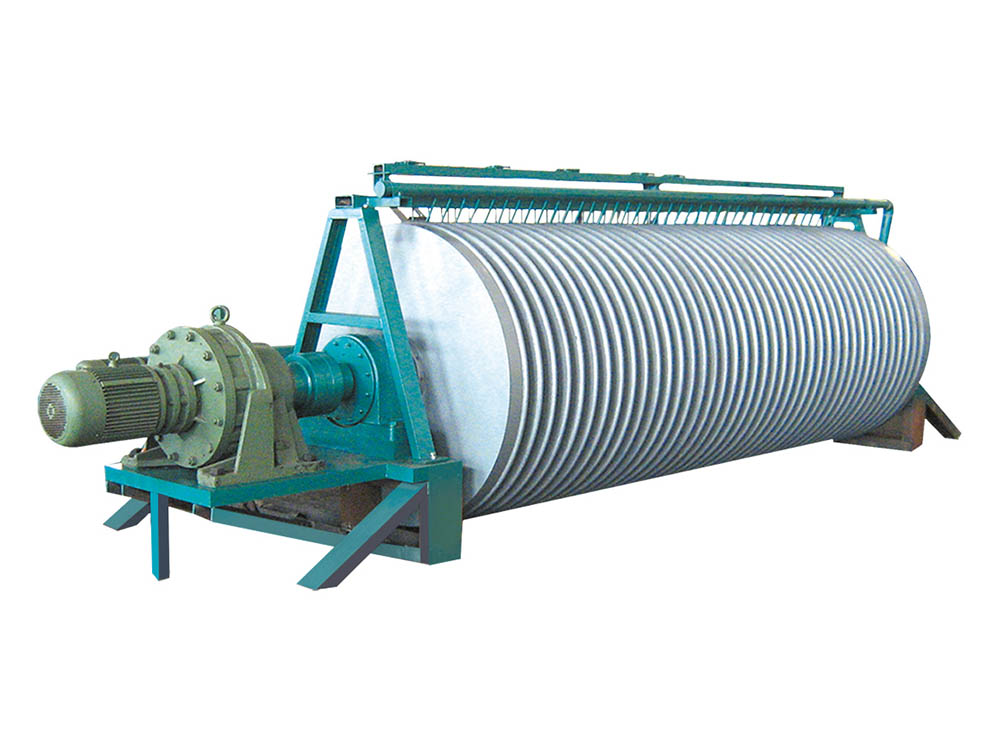MBY (G) Series Overflow Rod Mill
Equipment construction
1. United feeding device
2. Bearing
3. End cover
4. Drum body
5. Transmission part
6. Reducer
7. Discharge opening
8. Motor
Working principle
The rod mill is driven by a motor through a reducer and the surrounding large and small gears, or by a low-speed synchronous motor directly through the surrounding large and small gears to drive the cylinder to rotate. A suitable grinding medium-steel rod is installed in the cylinder. The grinding medium is lifted to a certain height under the action of centrifugal force and friction force, and falls in a state of dropping or leaking. The milled material enters the inside of the cylinder continuously from the feeding port, and is crushed by the moving grinding medium, and the product is discharged out of the mill by the power of overflow and continuous feeding, and is processed in the next process.
When the rod mill is working, the surface contact of the traditional ball mill is changed to line contact. During the grinding process, the rod hits the ore, firstly, the coarse particles are hit, and then the smaller particles are ground, thereby reducing the danger of over-pulverization. When the rod rotates along the lining, the coarse particles are sandwiched between them, like a rod sieve, allowing the fine particles to pass through the gaps between the rods.This also helps to crush the coarse particles and concentrate the coarse particles in the grinding medium. Therefore, the output of the rod mill is more uniform, and the crushing is lighter and the milling efficiency is higher.
